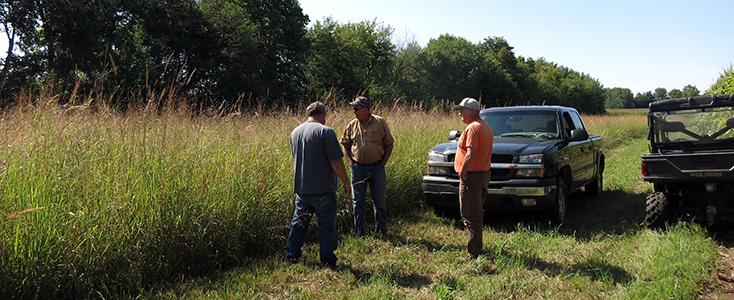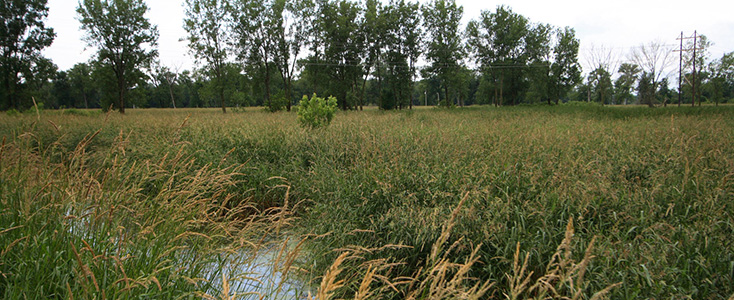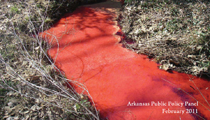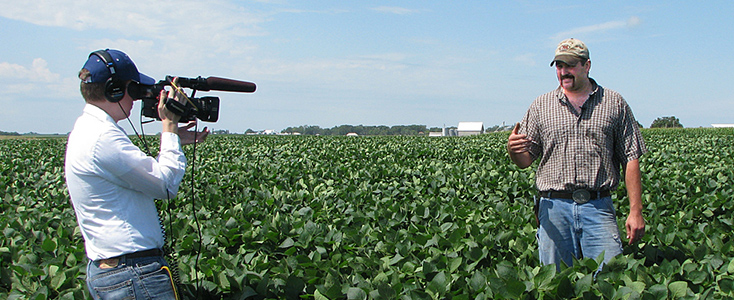
The Wetlands Initiative is a nonprofit organization dedicated to restoring the wetland resources of the Midwest to improve water quality, increase wildlife habitat and biodiversity, and reduce flood damage. Their work combines two basic strategies: restore more wetlands and strive to innovate fundamental changes in how we finance large-scale wetland restoration. Their projects are based in Illinois, but their work influences restoration practice across the upper Midwest.
Illinois is the number one contributor to the nutrient pollution that fuels the Gulf of Mexico’s “dead zone.” The Wetlands Initiative is partnering with farmers in the state’s Big Bureau Creek Watershed to demonstrate how small, precisely placed wetlands on farms can naturally and effectively remove nutrients from agricultural runoff before it enters local waterways.
With the leadership of the first group of “wetland farmers” in Illinois’ Big Bureau Creek Watershed, the Wetlands Initiative will work to spread the nutrient-removal practice, improving water quality not just locally but all the way down the Mississippi to the Gulf of Mexico.
The Wetlands Initiative planned to engage two or three farmers to install demonstration wetlands to show their peers how they work; eventually they had seven landowners interested in the project. “Our goal was to find a couple of landowners who wanted to install a wetland so their neighbors could kick the tires, so to speak,” said staff member Rick Seibert, a longtime resident of the area. “But there’s been a snowball effect and we’ve got farmers lined up.”
The first to join the project were a father and son who together own and farm a significant amount of land in the watershed. Both are conservation-minded, but still took some time before deciding to install a wetland. Staff spent many hours with them answering questions, walking their property, and considering the options for placement of the wetland.
With the leadership of the first group of “wetland farmers” in Illinois’ Big Bureau Creek Watershed, the Wetlands Initiative will work to spread the nutrient-removal practice, improving water quality not just locally but all the way down the Mississippi to the Gulf of Mexico.


